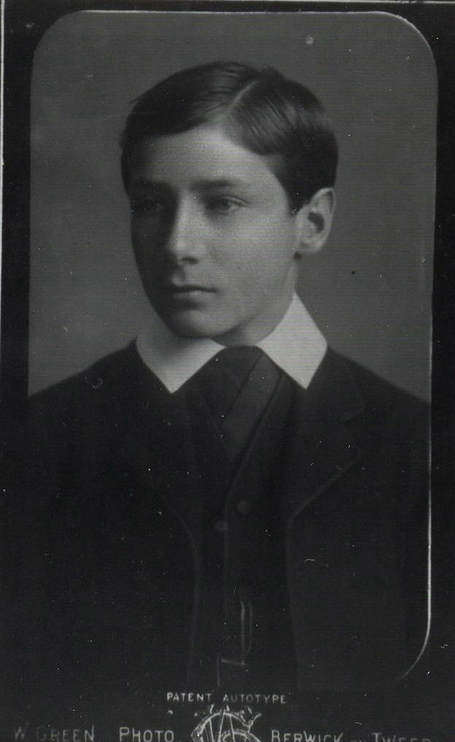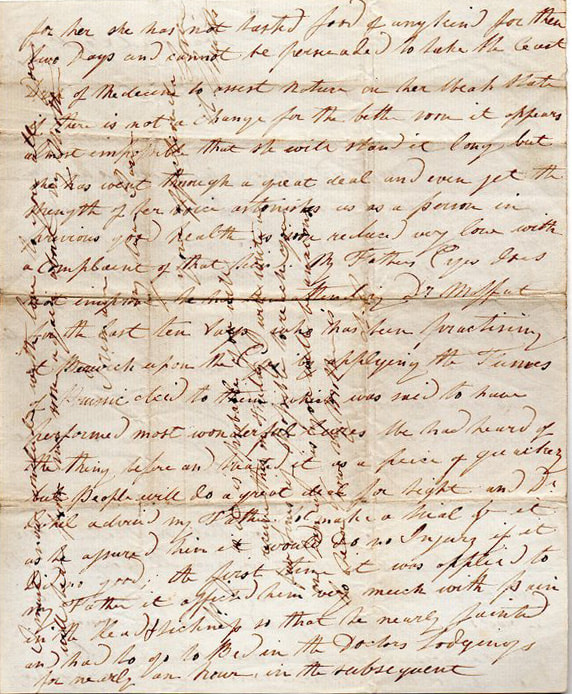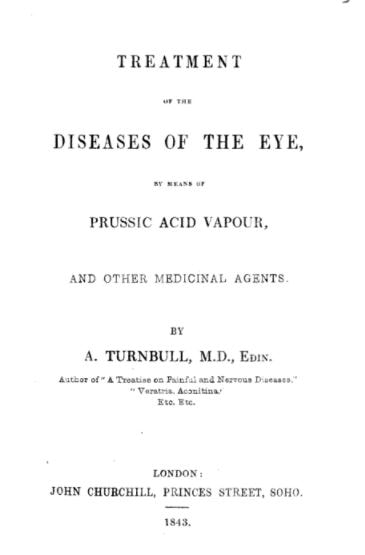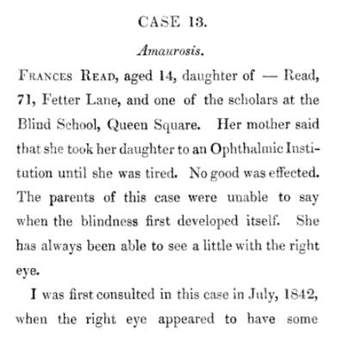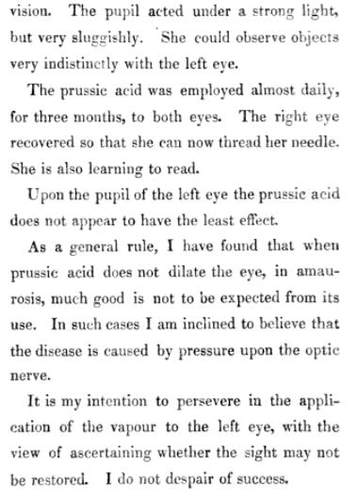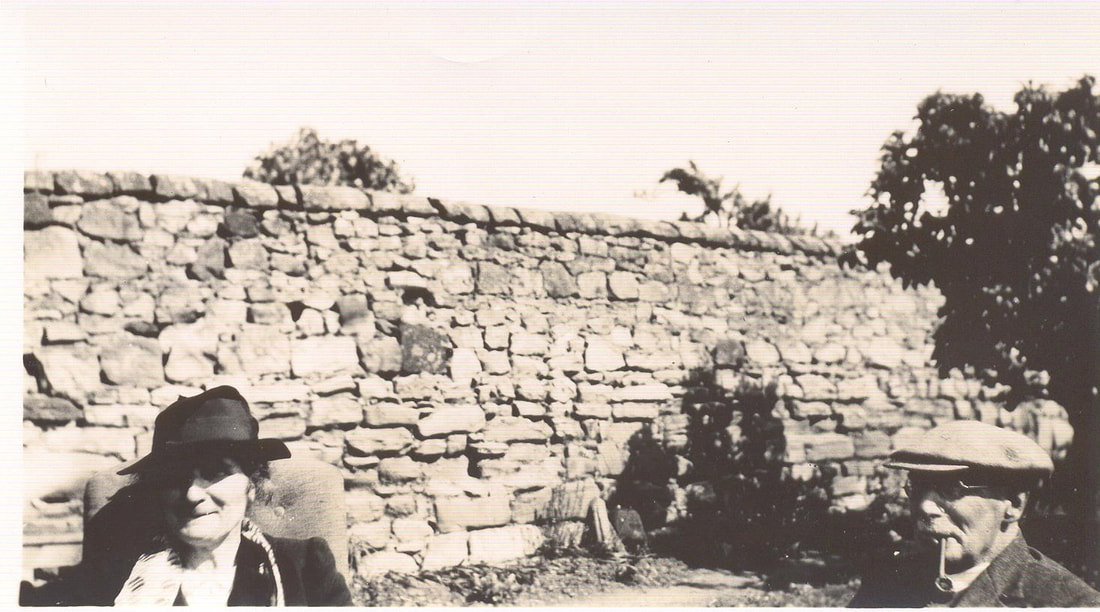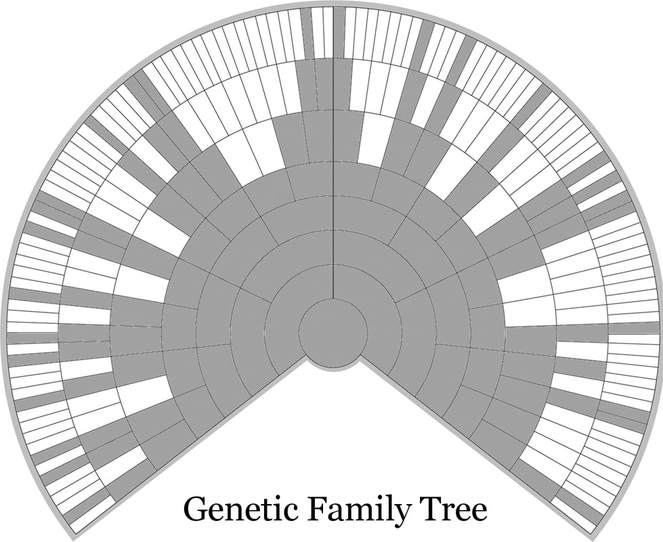Genealogical records are not perfect… As a result genealogists work with a trail of imperfect and inconsistent breadcrumbs, and we use these traces to recreate the lives of our ancestors. Sometimes we do a good job, sometimes we do a poor job, and sometimes we may not know the difference. Trapped within [our] DNA, however, are the stories of [our] ancestors. (Blaine Bettinger) Before piling back into client work after a pretty hectic couple of months, I treated myself to some time on my own family records. Here, I must acknowledge the fantastic genealogical work undertaken by George Aynsley-Smith, (1866-1942) my great Grandfather’s brother, and subsequently his son Philip. It was after all, the family tree given to me as a young teenager by Philip that set me off on the quest for ancestral knowledge. It was not until October 2015, (very foggy if I remember), that I first had sight of the true extent of George’s research, and the huge collection of family documents he had amassed. My extravagance was to re-read a collection of letters, that due to other commitments had really only been skim read before. What struck me first is that most of the letter writers are women – not prissy women mind you, but women who are at times dealing with serious business, finance and sadly death. It was whilst reading the letter written circa 1798 by my 4th great grandmother Mary Thompson that two further thoughts came to me. The first was that the contents of these letters extend way beyond my own family and are a rich source of local and family history for others, and the second had me wondering whether I have inherited any of the DNA from the letter writers. Therefore, I fully intend to pull the letters and research together, cross reference the people and events that were being written about and present it in a searchable format. This exercise may also help to address the significant number of online trees that are frankly rubbish, full of circumstantial evidence and no relation to these lines at all. Furthermore, whilst George and Philip’s research has contributed to many published works, it has never been publicly recognised in its own right. This will be quite an undertaking, but has already been helped enormously by Philip and my Aynsley-Smith cousins - not least by deciphering some of George’s handwritten trees! Philip had started the process of identifying our relations in the letters, and he too did an excellent job with our family genealogy, but the letters have more still to give above and beyond his carefully researched notes. In 1986 Philip wrote his foreword to the collection: A BOOK OF FAMILY DOCUMENTS Below is a transcription of letter No12 relating to Christian Trotter’s fatal illness, and the treatment of her husband’s failing eyesight with fumes of Prussic Acid or Hydrogen Cyanide! As the main ingredient of what would become known as ‘Zyklon B’ it is little wonder the poor chap felt both faint and ill afterwards! Letter from Agnes Smith (1803 - 1871) to her sister Jane Smith (1807 - 1885) Updated Notes to the Letter Sadly my [3x] great grandmother died two days after the letter was written on the 15th September 1842. The letter certainly conveys Christian’s character as someone who was not going to take her last illness quietly. The refusal to take her medicine and her vociferous protests displays an obstinate mule like quality which I fear may have been passed on in her genes. It also suggests the terror she may have felt at the prospect of going the same way as her brother Rev Ninian who died in the Cholera Epidemic of 1832. Of Dr Moffat I can find little, but the reference to his ‘lodgings’ may suggest he was from out of town. My friend and colleague Fergus Smith of Old Scottish, whose knowledge of records and antiquarian books is just immense, passed me this reference to a publication concerning amongst other things, the treatment of ‘Amaurosis’, or blindness without visible lesions to the eye, with the aforementioned ‘prussic acid’. The following extracts are taken from case No. 13 on pages 43 & 44: Dr Cahill on the other hand was an eminent physician, Alderman of Berwick upon Tweed and the town’s Mayor in 1841. Having treated cholera patients in the 1832 epidemic, he was instrumental in establishing the town’s subsequent policy of cholera prevention and treatment. Cahill, part of that nexus of civic leaders in Berwick, had been a medical attendant or doctor at the Berwick Dispensary and Infirmary since 1815, and was its secretary in 1818-1829. This charitable institution, at 18 Quay Walls, benefited the ‘sick poor’ and industrious sick within a twelve-mile radius, and treating around 140 persons a year between 1814 and 1854. Mrs Trotter was Margaret (also nee) Trotter, the widow of James Trotter of Newton, Abercorn, West Lothian. James (1765-1829) was Christian’s brother thus making Margaret aunt to the girls by marriage. Margaret was, however, also Christian’s half cousin, sharing a mutual grandfather in James Trotter (1695-1786) of Kerchesters, Sprouston. At the time the letter was written Margaret was living at East House, Cheswick with three of her daughters. It is through this line and the marriage of her daughter Agnes to George Cargey at Dalmeny in 1853, that we have known living relatives. ‘P’ was almost certainly Phyllis Smith, another sister. Helen, was Helen Young, at the time about six years old. She was the step-daughter of their brother George Smith (of Ancroft) and his wife Grace Ann White by her first husband David Young of Ladykirk. Helen who married Thomas Pinkerton in 1856, was thus a half-sister to the Ancroft Smiths. Sister Jane was neither at home nor with the Trotter family at Cheswick in the 1841 census. Her exact whereabouts in 1841 have yet to be determined but I can guarantee she was not married to a Thomas Slater as 10 online family trees would have you believe! The fact that the letter was written on the 13th of September which was a Tuesday, and not expected to arrive until the Friday, would suggest that Jane was not in the immediate vicinity. Interestingly, brother John who was still unmarried at that time, is also away from home on the night of the 1841 census. By the time the census came around again in 1851, they are both back with the family who are on longer living at Loanend, but most likely at West House, or West Croft within Norham Village. It should be noted that they were both still very ‘unmarried’. John did not marry (for the 1st time) until 1858, and Jane never married at all!! The above is a brief example of the information that potentially lies beneath the surface of many of these letters. One reason why this particular example was chosen is that is actually mentions very few people, and of those that are, most are already familiar to me. Many of the other letters are not quite so straightforward and will require more time to research in any depth. Time, which for this month at least, has somewhat evaporated once again. As regards Philip’s comments re some of the letters not being real family at all, I have to strongly disagree. The Whitham family to whom he makes particular reference, are indeed blood relatives. Our common ancestors, John Thompson (1745-1810) of Overshiels (Shieldykes) and Todstead and his wife Ann Grey (1747-1812), just one generation further back, were in fact my 5th great grandparents twice over - due to first cousin marriages they are the parents of two sets of 4th greats. However, in Philip’s defence, who would have thought that DNA would come to play such a prominent role in family history research of ordinary folk. So, for the purpose of proving ancestral heritage, Whitham descendants as blood relatives from this line are most definitely family and potential DNA matches. I say potential, as there is no guarantee that I will have inherited the same genes as my Whitham counterparts, and the Thompson/Grey DNA may have been lost to natural wastage at each subsequent generation. This is best illustrated in a diagram: Here, I am figuratively represented by the circle at centre of the base. Each ring represents a generation, with the grey cells representing DNA inherited, and the white cells DNA which has been lost. From this it is easy to see that whilst I should have inherited DNA from all my 2nd gt grandparents, I may only have inherited DNA from 22 of my 32 3rd gt grandparents and so on. In this way our genetic tree can be very different to our pedigree on paper. As DNA can now tell you that a third cousin shares zero DNA with you - do you feel less related to them at that point? Or what about the third cousin who shares more than normal with you? Is there now a difference in how you view your relation to both of those?’ This is a question being raised by Michelle Leonard of ‘Genes and Genealogy’ in her forthcoming talk in Adare, Ireland. A fascinating topic and am looking forward to hearing her feedback. In the meantime do let me know if you have any thoughts on the matter, or indeed would be interested in helping me identify the DNA I may or may not have inherited from this side of the family.
7 Comments
|
AuthorSusie Douglas Archives
August 2022
Categories |
Copyright © 2013 Borders Ancestry
Borders Ancestry is registered with the Information Commissioner's Office No ZA226102 https://ico.org.uk. Read our Privacy Policy
